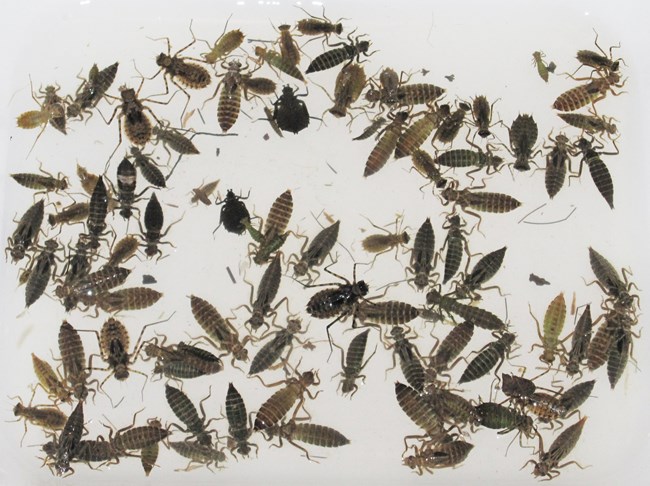
NPS / Flickr / Used with permission under license CC BY-NC-ND 4.0 (https://creativecommons.org/licenses/by-nc-nd/4.0/)
Popular as a beach destination for locals and visitors alike, Indiana Dunes is also an ecological treasure, supporting wetlands, woodlands, and prairies.
Take a break from the constant hum of busyness and explore our resource briefs and reports to see what we're learning.
Resources Briefs are condensed versions of our technical reports. They rely on graphics and images more than dense scientific writing, but anyone who is intrigued and wants to know more can always use the resource brief as an entry into the report.
Source: NPS DataStore Saved Search 3445 (results presented are a subset). To search for additional information, visit the NPS DataStore.
These technical reports are produced by network staff and other scientists working at Indiana Dunes. Lots of information, lots of fascinating discoveries.
Source: NPS DataStore Saved Search 3446 (results presented are a subset). To search for additional information, visit the NPS DataStore.
Source: NPS DataStore Saved Search 5699. To search for additional information, visit the NPS DataStore.

Kristofer Rolfhus/University of Wisconsin-La Crosse
Dragonfly Mercury Project
As a foundational part of the aquatic food web, dragonfly larvae we collect each summer are tested for mercury in the environment, which helps us understand mercury contamination at higher levels of the food web.
Find the latest "dragonflier" for Indiana Dunes at The Dragonfly Mercury Project Annual Data Fliers (usgs.gov).
Last updated: September 4, 2025
